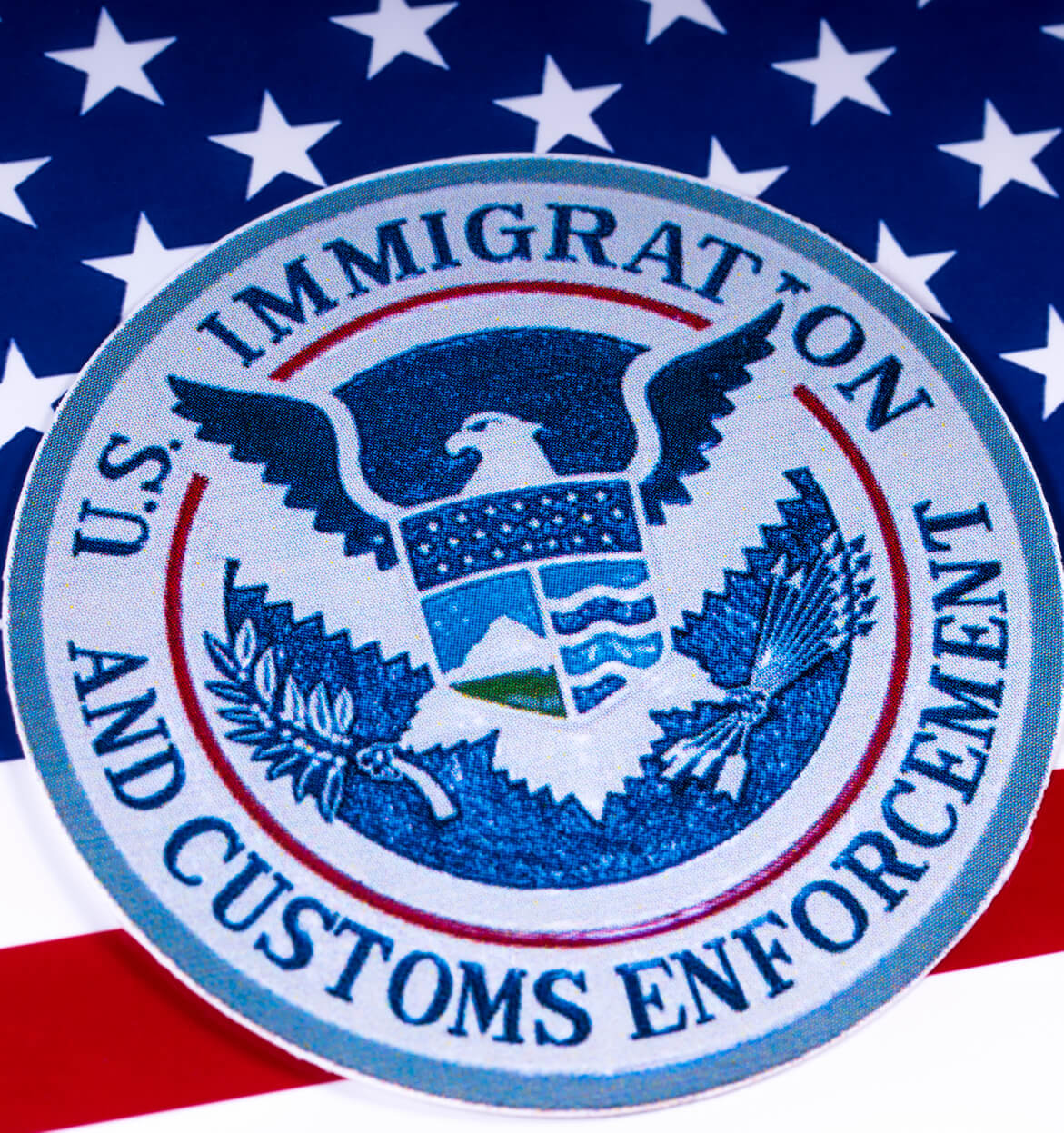Brace yourself: An increase in I-9 audits isn’t just talk, it’s happening. U.S. Immigration and Customs Enforcement (ICE) reports it has already opened more worksite investigations in the past seven months than the agency completed in the entire previous fiscal year. While these enforcement investigations have doubled, arrests related to worksite enforcement have nearly quadrupled.
“Our worksite enforcement strategy continues to focus on the criminal prosecution of employers who knowingly break the law, and the use of I-9 audits and civil fines to encourage compliance with the law,” says Acting Executive Associate Director for HSI, Derek N. Benner.
So what can employers expect if they get audited? According to ICE:
- You’ll first receive a notice of inspection informing you that ICE will audit your hiring records to determine whether you’re complying with existing law.
- You’ll then need to produce your company’s I-9s within three business days, after which ICE will conduct an inspection for compliance. You may also need to provide supporting documentation such as a copy of your payroll, list of current employees, Articles of Incorporation, and business licenses.
- The inspection for compliance process is explained here. If technical or procedural violations are found, you’ll have 10 days to make corrections. If more substantive violations are found, you could receive a warning notice to cease the unlawful activity, a notice of Intent to Fine (NIF), or you may even be criminally prosecuted.
SHRM contributors Roy Mauer and Attorney Bruce E. Buchman offer these additional insights:
- ICE intends to conduct up to 15,000 Form I-9 audits per year, once its national inspection center with the capability to electronically scan documents is created.
- ICE recently changed the way it calculates civil penalties to increase the fines imposed for I-9 violations.
- It’s possible to ask for an extension beyond three days to provide I-9 forms, but it may not be a good idea to ask for more than five days.
- If technical errors are less than 10 percent, ICE usually only issues a warning notice without a penalty.
- You can challenge a fine within 30 days and ask that an administrative law judge of the Office of the Chief Administrative Hearing Officer (OCAHO) review the case.
Many experts believe this uptick in activity is pushing its way toward mandatory E-Verify participation among all U.S. employers, with legislators like Texas Republican Representative Lamar Smith leading the charge. President Donald Trump’s current fiscal year (FY) 2019 budget would require all employers to use the E-Verify system. Texas state agencies and their contractors are already required to verify employment eligibility through the federal government’s E-Verify system, but there remains little compliance oversight to ensure they do.
Willingly jumping on the bandwagon early could be a key to avoiding an ugly ICE audit, says Mauer, adding that “employers can avoid big fines by developing a comprehensive I-9 compliance program which should include training, self-audits and an investigation-day action plan.”
SHRM has several guides to help employers get started. And for employers interested in perfecting their employment eligibility processes, ICE offers a Mutual Agreement between Government and Employers (IMAGE) program to assist in developing a more secure and stable workforce while avoiding illegal discrimination.





